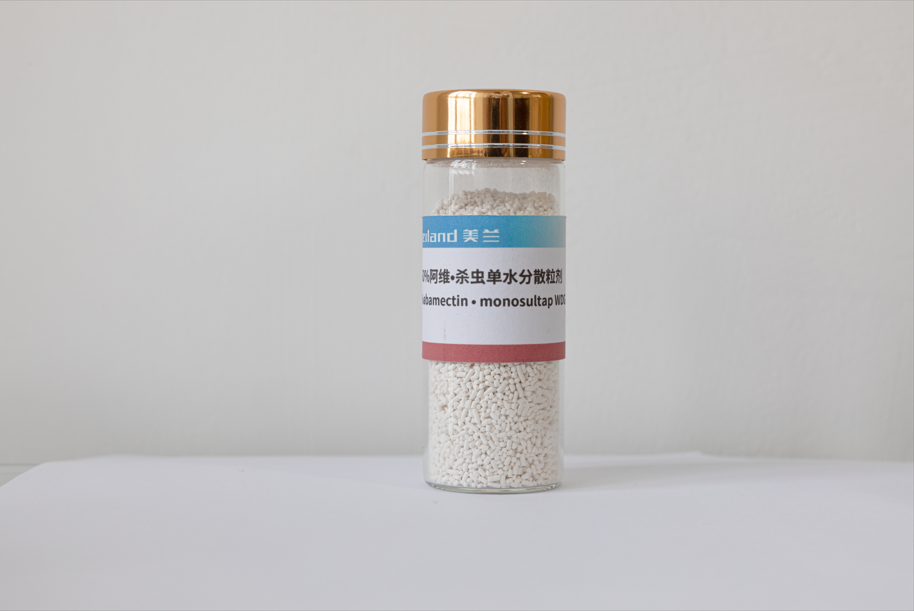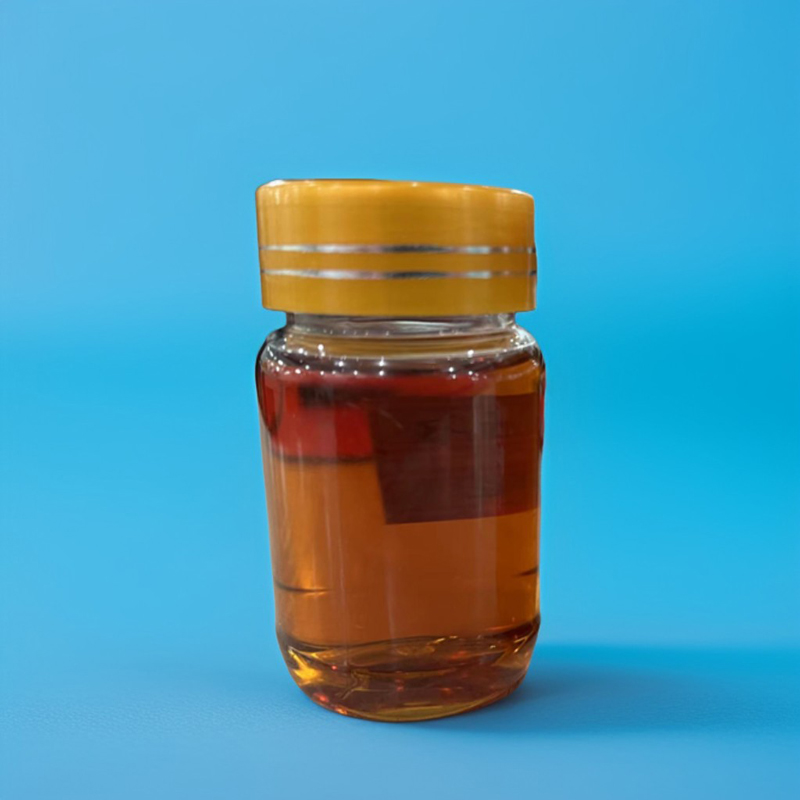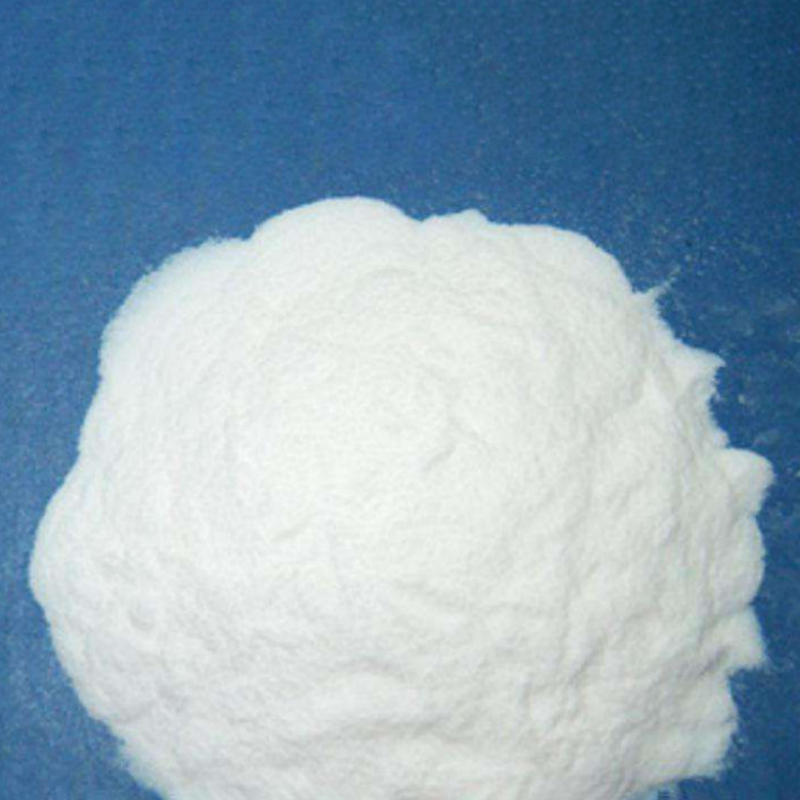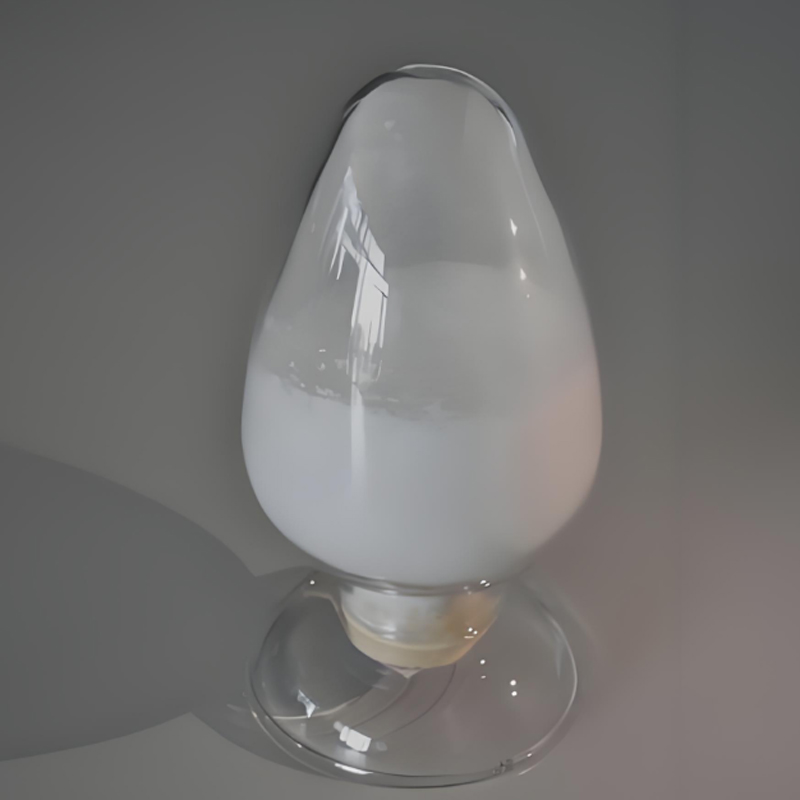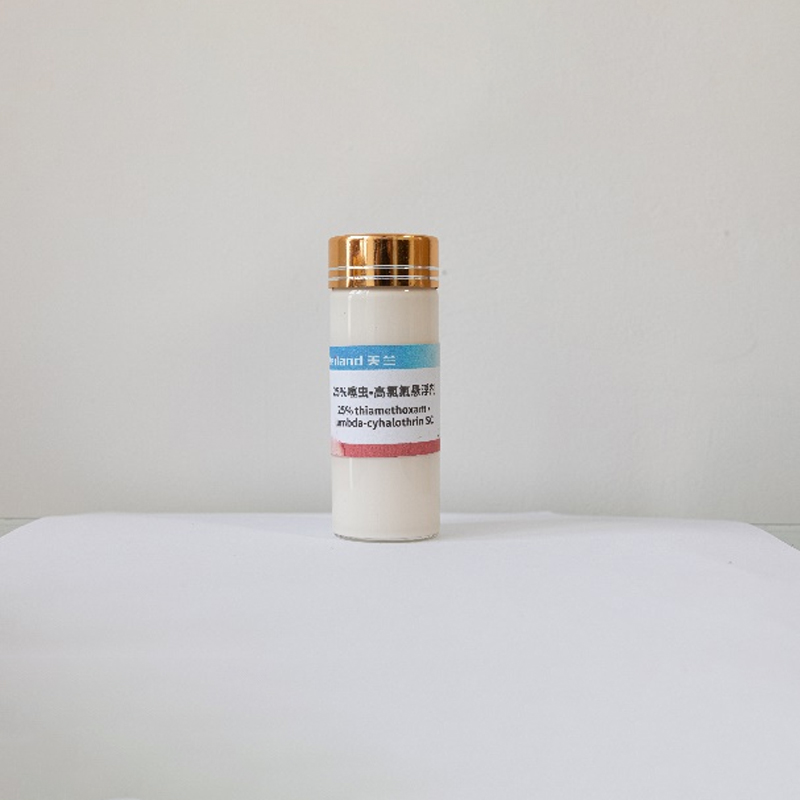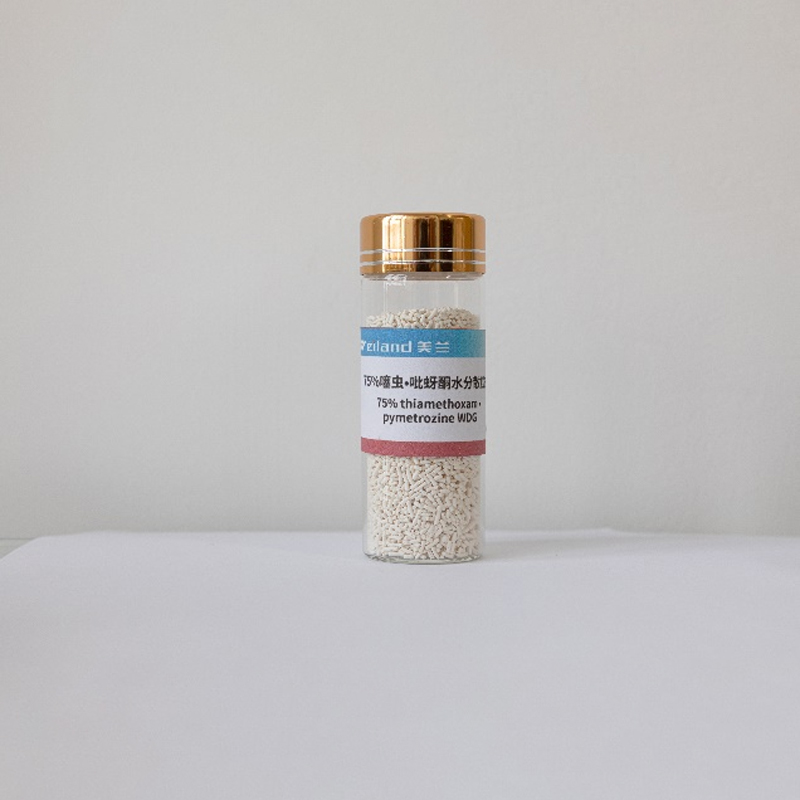 0551-68500918
0551-68500918
Fenoxazole 4%+ Cyanofluoride 16% ME
Scope of use and method of use
| Crop/site | Control target | Dosage (prepared dose/ha) | Application method |
| Rice field (direct seeding) | Annual grass weeds | 375-525 ml | Spray |
Technical requirements for use
1.The application technology of this product requires high requirements. When applying, it should be controlled after the rice has 5 leaves and 1 heart to ensure the safety of rice.
2.Drain the field water before applying the medicine, re-water 1-2 days after application to maintain a 3-5 cm shallow water layer for 5-7 days, and the water layer should not flood the heart and leaves of the rice.
3. The spray needs to be uniform, avoid heavy spraying or missing spraying, and do not increase the dosage at will. It is forbidden to use this medicine for rice seedlings with less than 5 leaves.
4. The best time to use the medicine is when the seeds of the Chinese taro have 2-4 leaves. When the weeds are large, the dosage should be appropriately increased. 30 kg of water per mu, and the stems and leaves should be sprayed evenly. Avoid the liquid drifting to the fields of grass crops such as wheat and corn.
Product performance
This product is specially used for weeding in rice fields. It is safe for subsequent crops. It can effectively control annual grass weeds, barnyard grass, kiwi fruit, and paspalum distachyon. The dosage should be appropriately increased as the age of the grass increases. This product is absorbed through stems and leaves, and the phloem conducts and accumulates in the division and growth of the meristem cells of the weeds, which cannot proceed normally.
Precautions
1.Use it at most once per season. After spraying, some yellow spots or white spots may appear on the rice leaves, which can be restored after a week and have no effect on the yield.
2.If there is a heavy rain after harvesting and applying the pesticide during the rice harvest period, open the field in time to prevent water accumulation in the field.
3.The packaging container should be properly handled and cannot be used for other purposes or discarded casually. After applying the pesticide, the pesticide machine should be thoroughly cleaned, and the remaining liquid and water used to wash the pesticide application equipment should not be poured into the field or river.
4.Please wear necessary protective equipment when preparing and transporting the agent.
5.Wear protective gloves, masks, and clean protective clothing when using this product. After work, wash your face, hands, and exposed parts with soap and water.
6.Avoid contact with pregnant women and breastfeeding women.
7.Forbidden to use near aquaculture areas, rivers and ponds. It is forbidden to wash the spraying equipment in rivers and ponds and other water bodies. It is forbidden to use in rice fields with fish or shrimps and crabs. The field water after spraying cannot be directly discharged into the water body. It is forbidden to use in areas where natural enemies such as trichogrammatids are released.
8.It cannot be mixed with anti-broadleaf weed herbicides.
9. High concentrations of approved doses can be used under dry conditions.
First aid measures for poisoning
Symptoms of poisoning: metabolic acidosis, nausea, vomiting, followed by drowsiness, numbness of the extremities, muscle tremors, convulsions, coma, and respiratory failure in severe cases. If accidentally splashed into the eyes, rinse immediately with plenty of water for at least 15 minutes; in case of skin contact, wash with water and soap. If inhaled, move to a place with fresh air. If ingested by mistake, immediately bring the label to the hospital for vomiting and gastric lavage. Avoid using warm water for gastric lavage. Activated carbon and laxatives can also be used. There is no special antidote, symptomatic treatment.
Storage and transportation methods
The package should be stored in a ventilated, dry, rainproof, cool warehouse, away from fire or heat sources. During storage and transportation, it should be kept away from moisture and sunlight, away from children and locked. It cannot be stored and transported together with food, beverages, grain, feed, etc.





